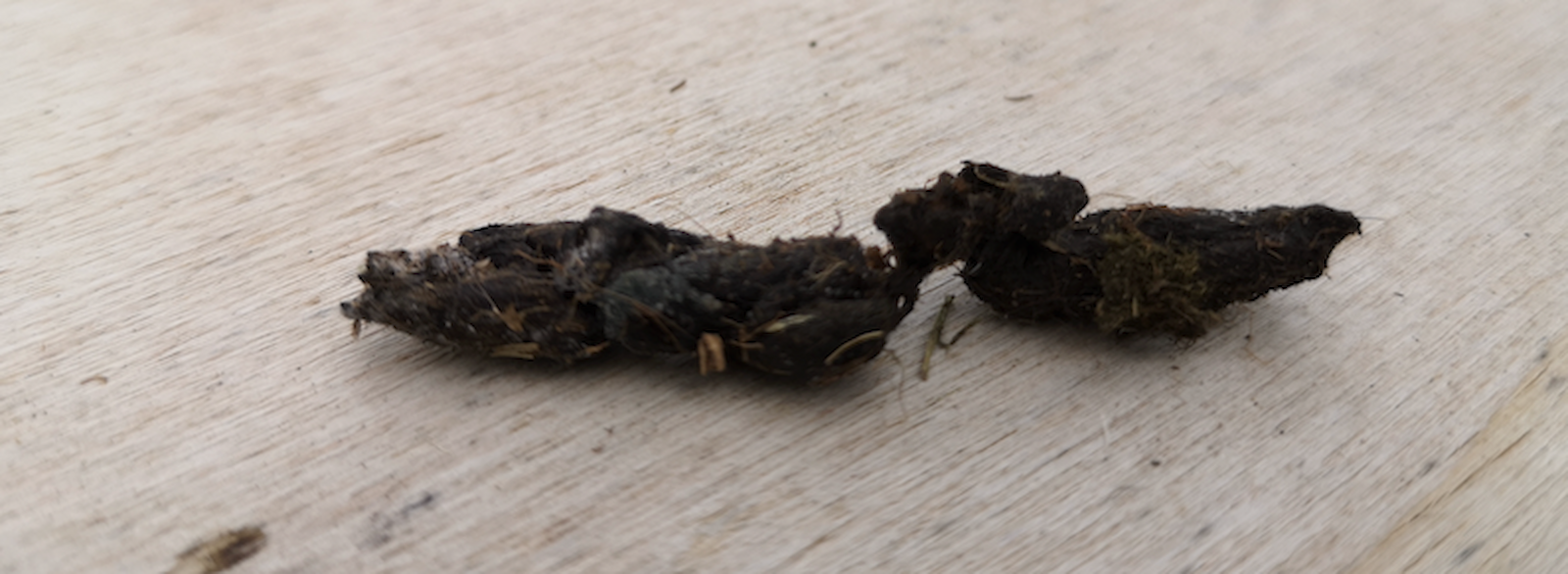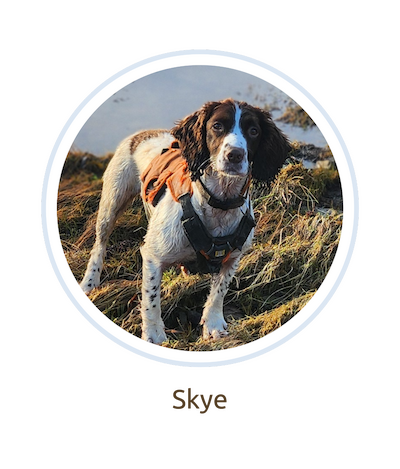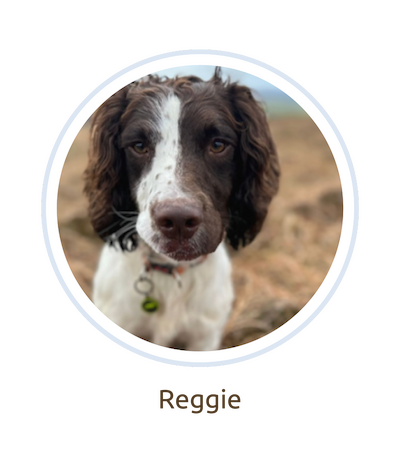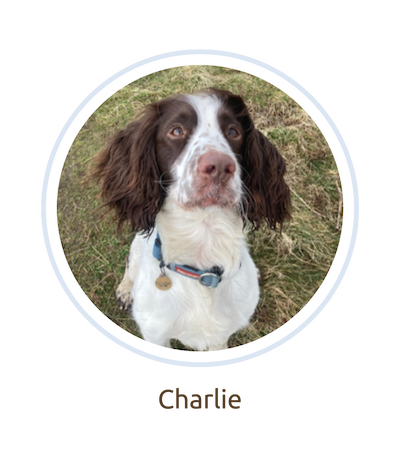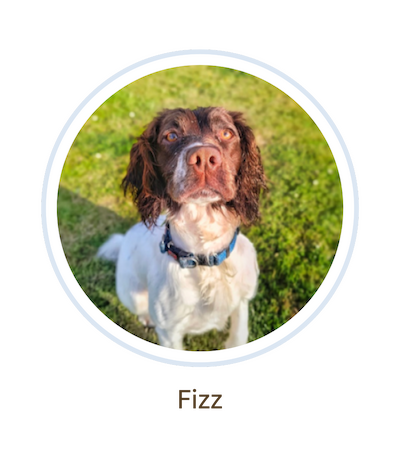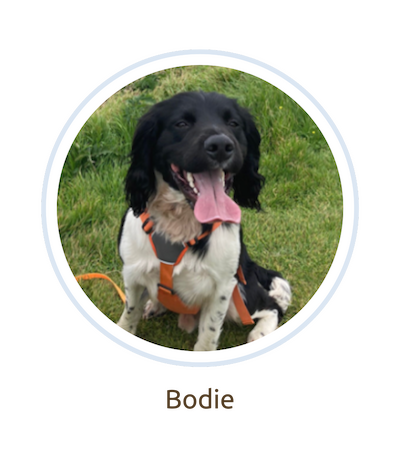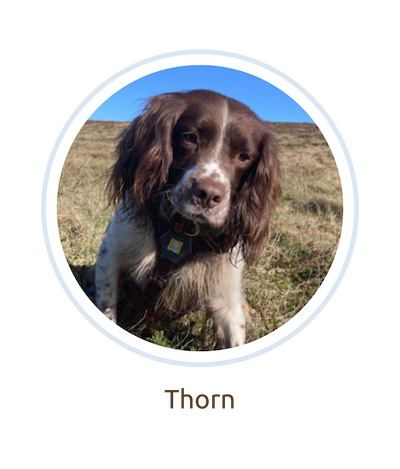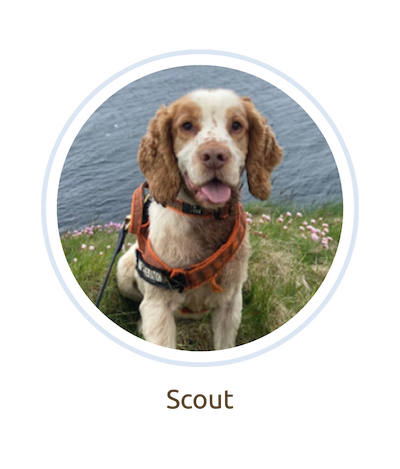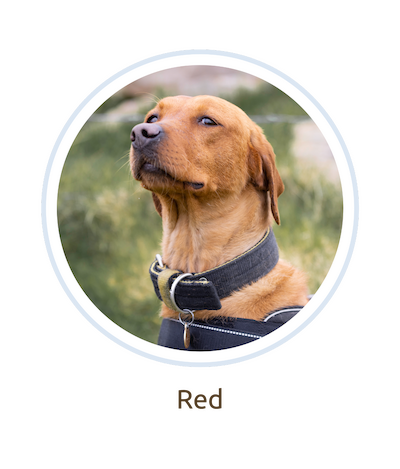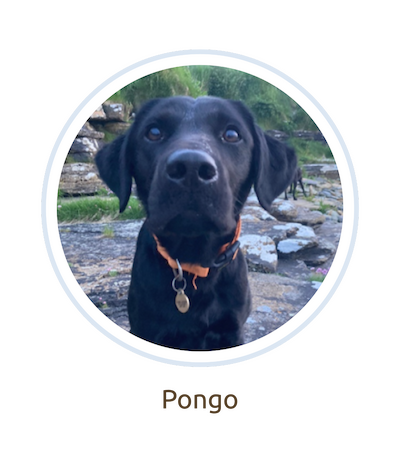These highly trained working dogs do not hunt stoats. They are trained to indicate on the sign of stoat activity in the same way a drugs dog does for police. Our furry colleagues are also trained to be calm around wildlife and livestock.
Looking for stoat poo
The dog’s are trained to sniff out stoat scat (droppings). It might not sound glamorous, but this can give us a lot of information on how stoats are moving through an area. The dog handler’s work closely with the trap team to pinpoint and remove stoat hotspots.
Stoat droppings appear thin and elongated. They are twisted and taper at both ends. Deposited singly, it often contains fragments of bone or fur (sometimes insects). They are often found in conspicuous positions to mark territory.


